Write answers for the following questions
Draw the chromosomes in the diagrams given below:
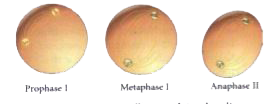
Refer to chapter
Topper's Solved these Questions
- BOOK - CENGAGE BIOLOGYCHAPTER - CELL CYCLE AND CELL DIVISION EXERCISE - CONSOLIDATED EXERCISE62videos
CELL CYCLE AND CELL DIVISION
- BOOK - CENGAGE BIOLOGYCHAPTER - CELL CYCLE AND CELL DIVISION EXERCISE - OLYMPIAD AND NTSE LEVEL EXERCISES7videos
CELL CYCLE AND CELL DIVISION
- BOOK - CENGAGE BIOLOGYCHAPTER - CEL: THE BASIC UNIT OF LIFEEXERCISE - CHALLENGING EXERCISE4videos
CEL: THE BASIC UNIT OF LIFE
- BOOK - CENGAGE BIOLOGYCHAPTER - CELL: THE BASIC UNIT OF LIFEEXERCISE - MANDATORY EXERCISE (Exercise Set III) (One Mark Questions)51videos
CELL: THE BASIC UNIT OF LIFE
Similar Questions
Write answers for the following questions
Which process is illustrated in the diagram below?
 View Solution
View SolutionWrite a note based on the diagram given below.
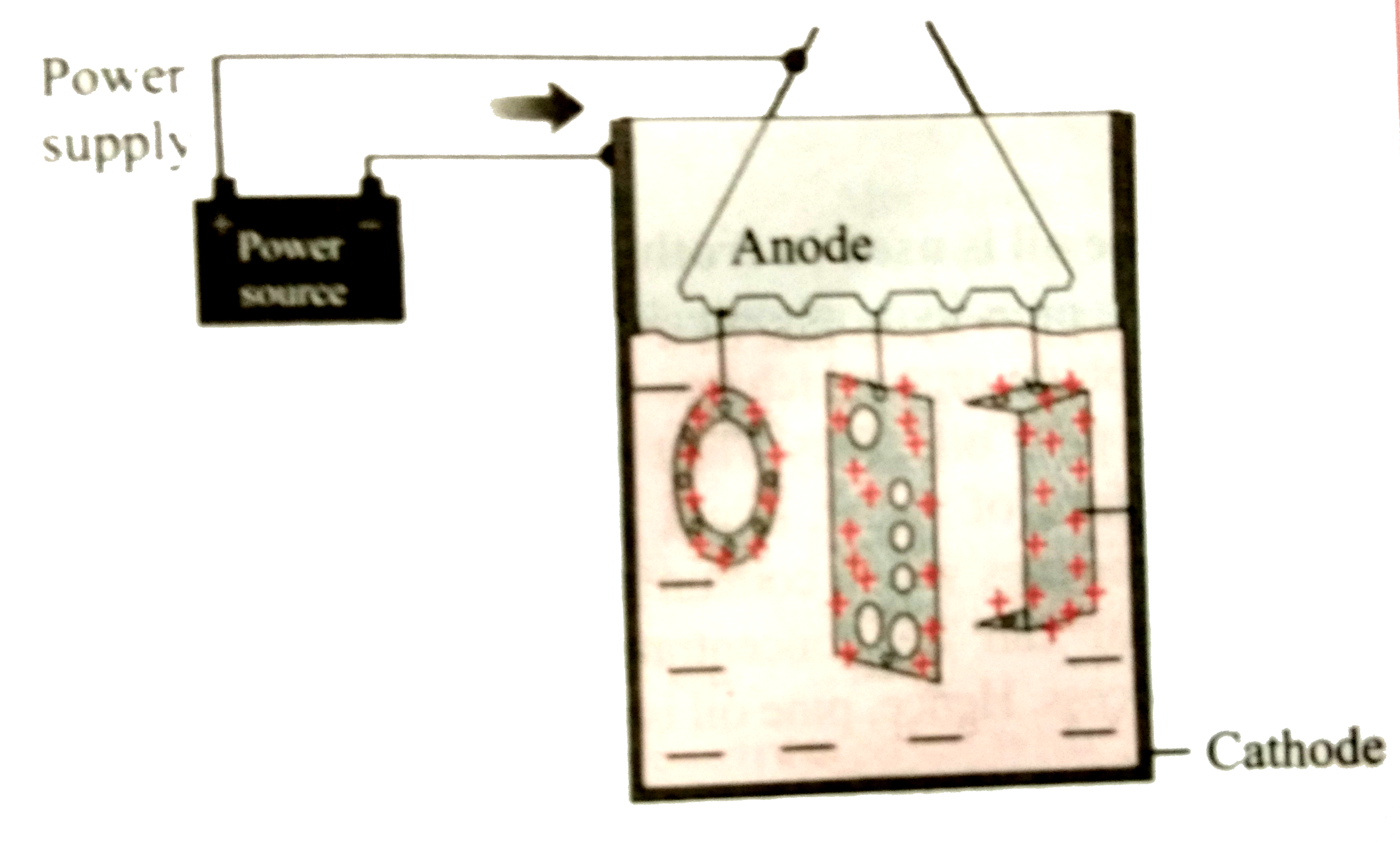 View Solution
View SolutionObserve the picture and answer the following questions.
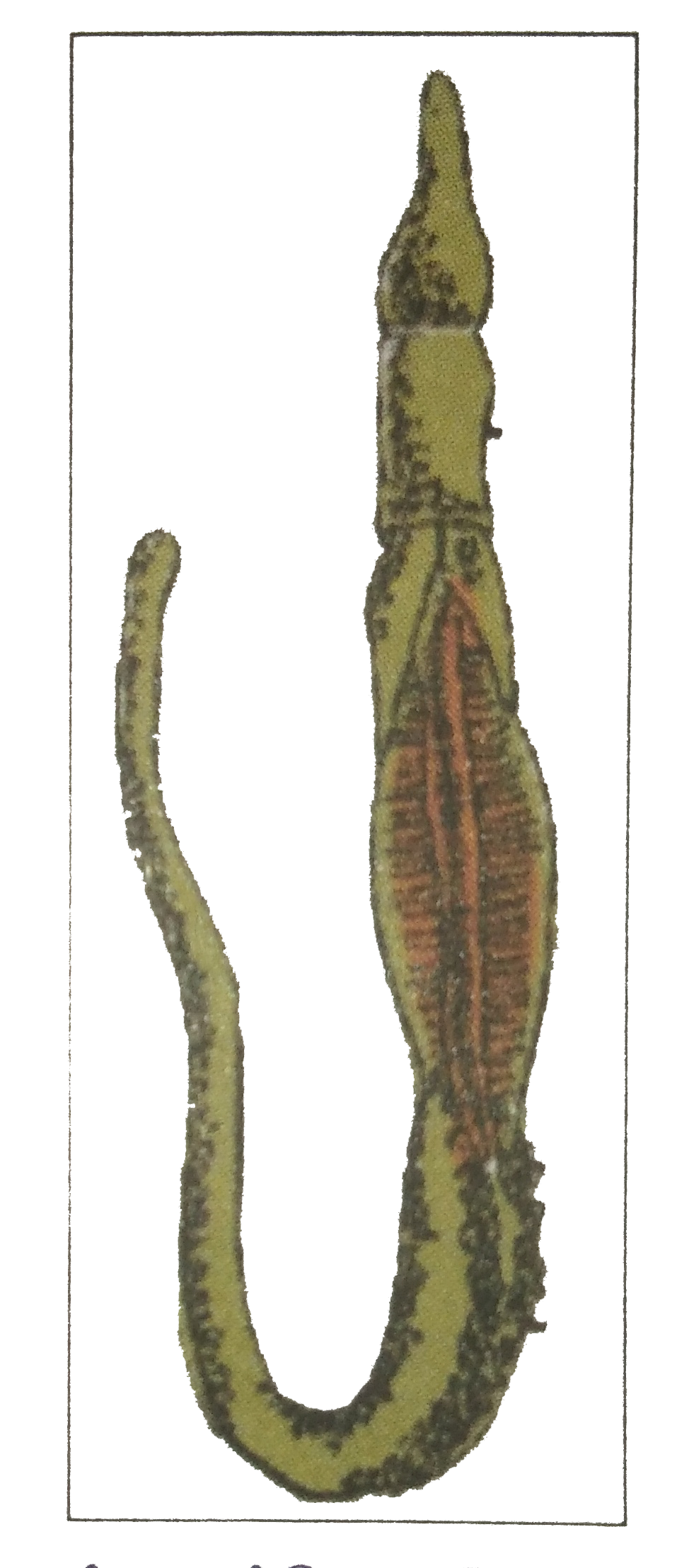
Redraw the given diagram and label.View SolutionObserve the following diagram and write the answers of the following question
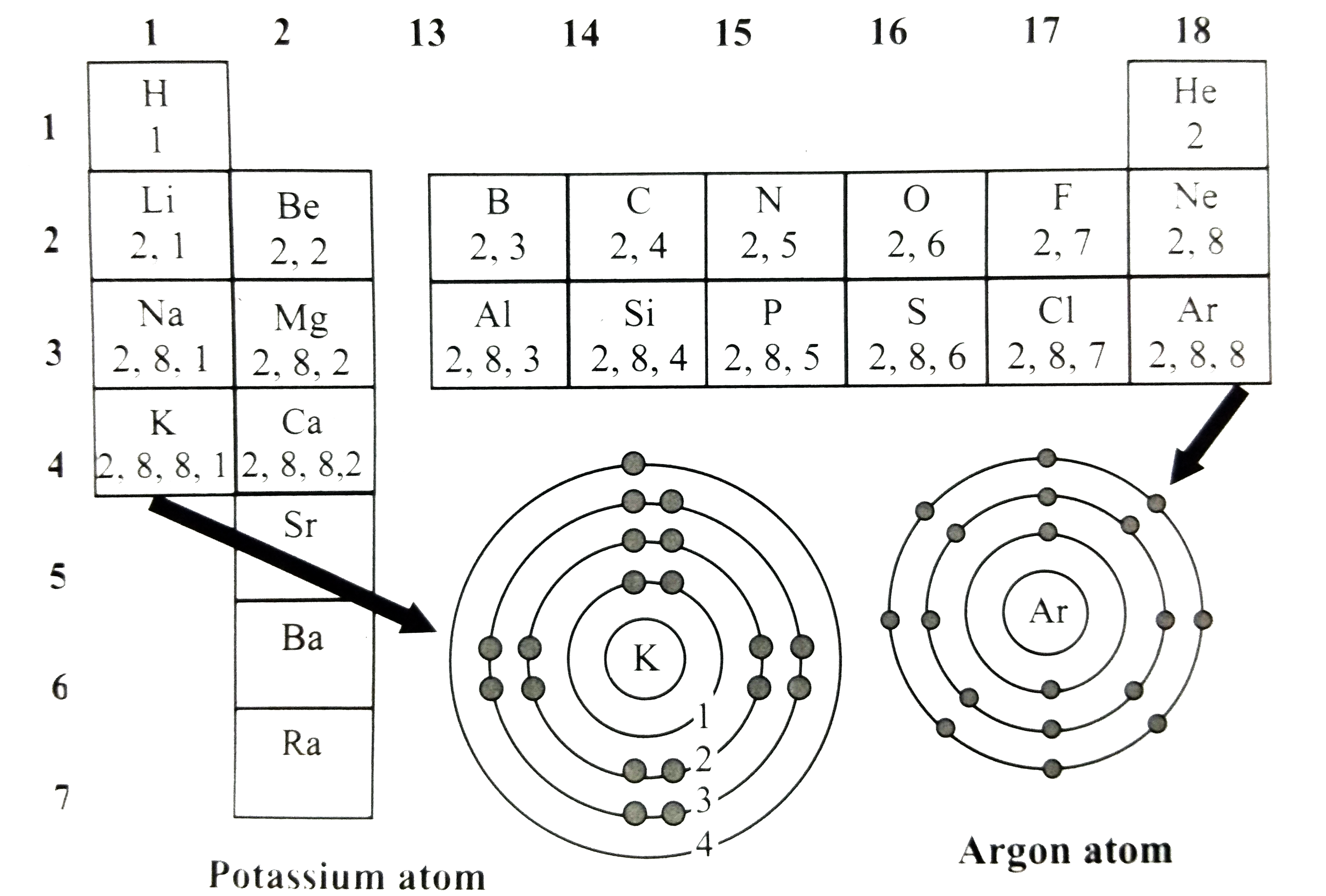
Write the names of any two elements from the diagram which do not take part in chemical reaction.View SolutionStudy the diagram given below and answer the following questions.

(a) Does the composition remain the same?
(b) Name the type of change involved.
(c ) Write any two characteristics of the above change.View SolutionStudy the diagram given below and answer the following questions.
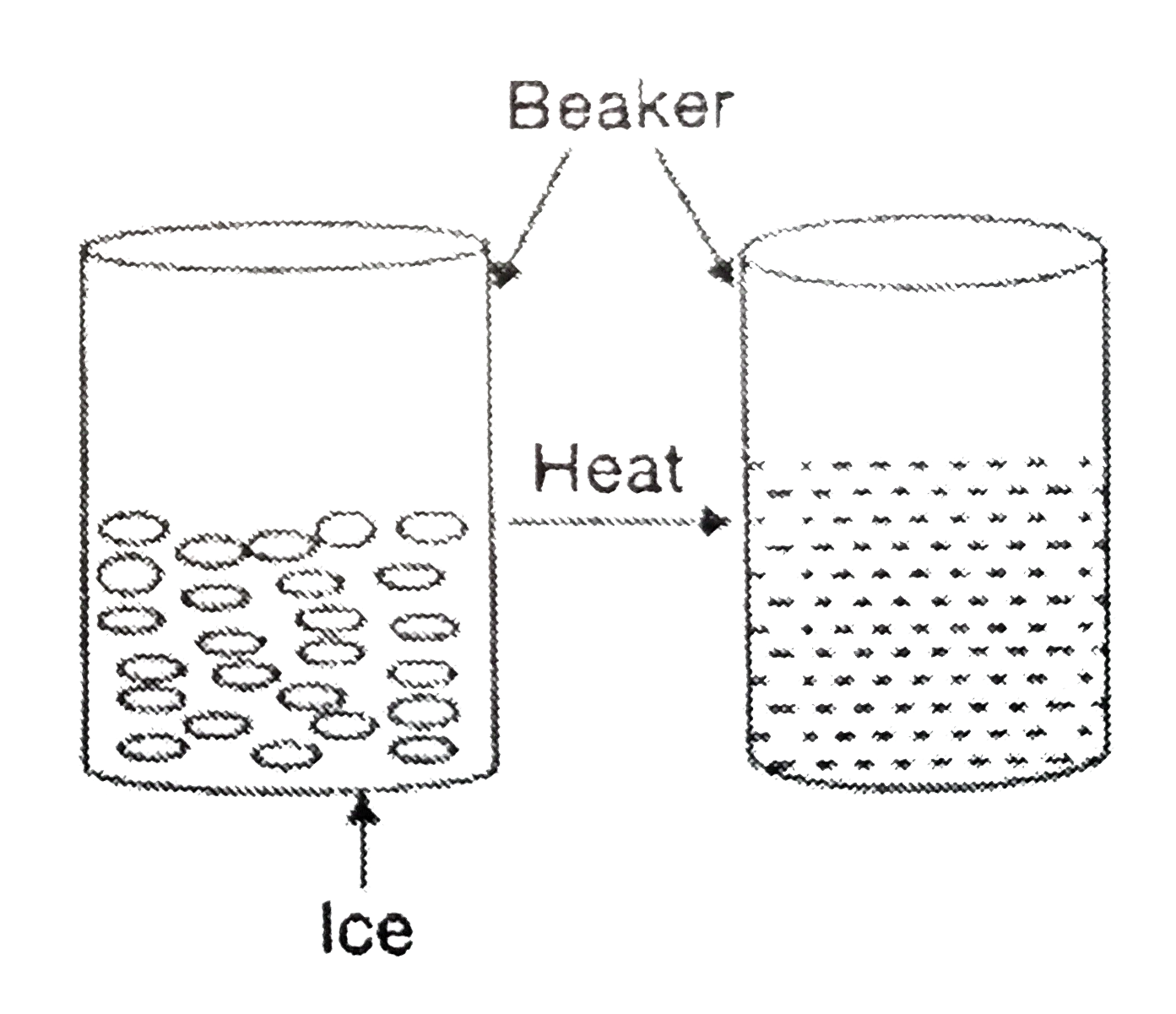
(a) Does the composition remain the same
(b) Name the type of change involved .
(c ) Write any two characteristics of the above change.View SolutionStudy the diagram and answer the following questions
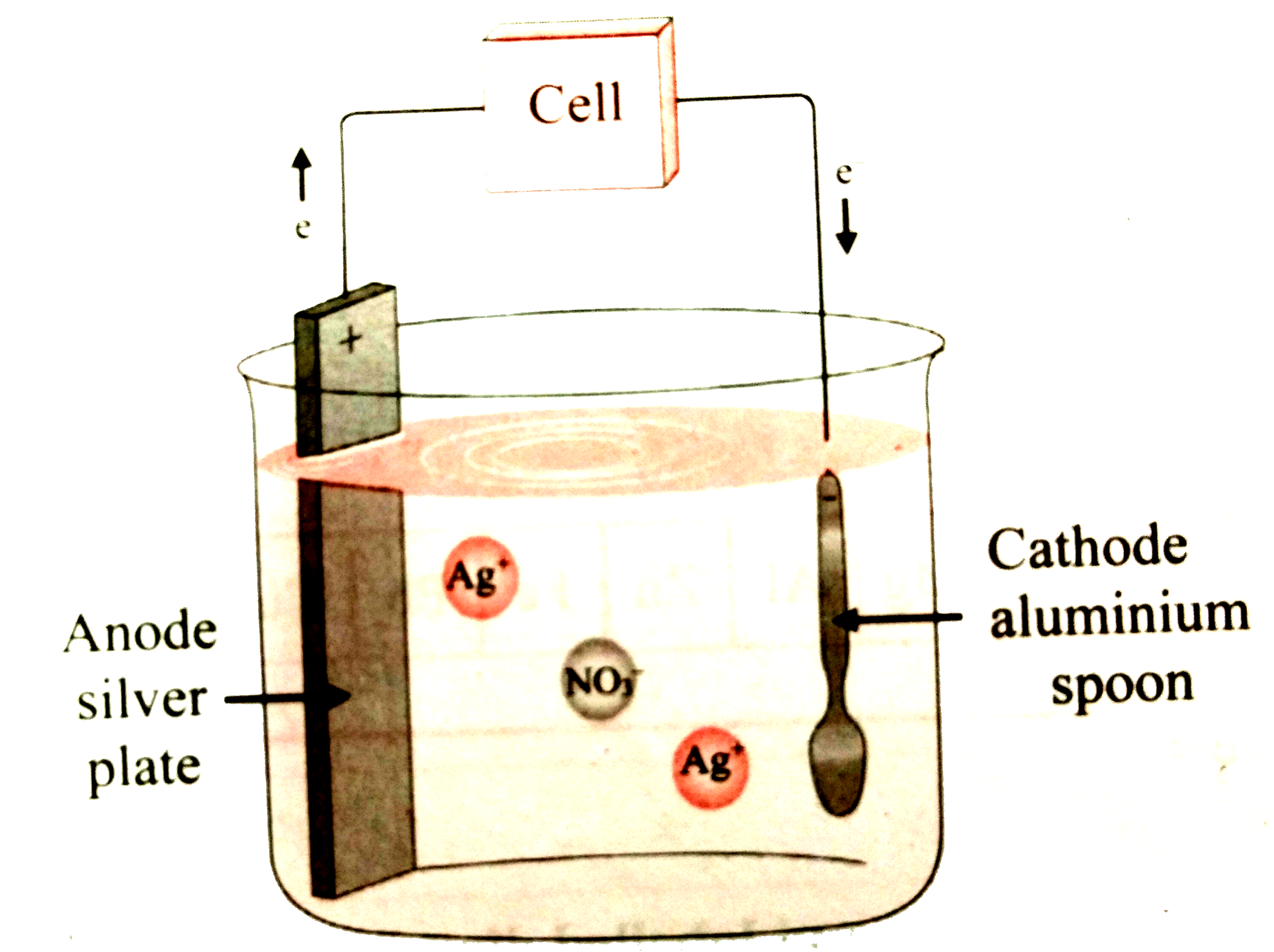
What does the diagram represent?View SolutionAnswer the following question with the help of the figure given below .
Write the pairs of points equidistant from P.
 View Solution
View SolutionAnswer the following questions based on the diagram given.
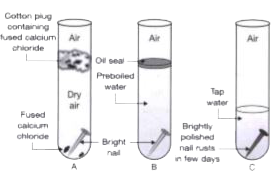
Predict the observation. Justify.View SolutionAnswer the following questions based on the diagram given.
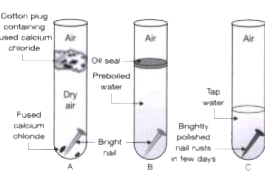
Draw the conclusions based on the above observations.View Solution

